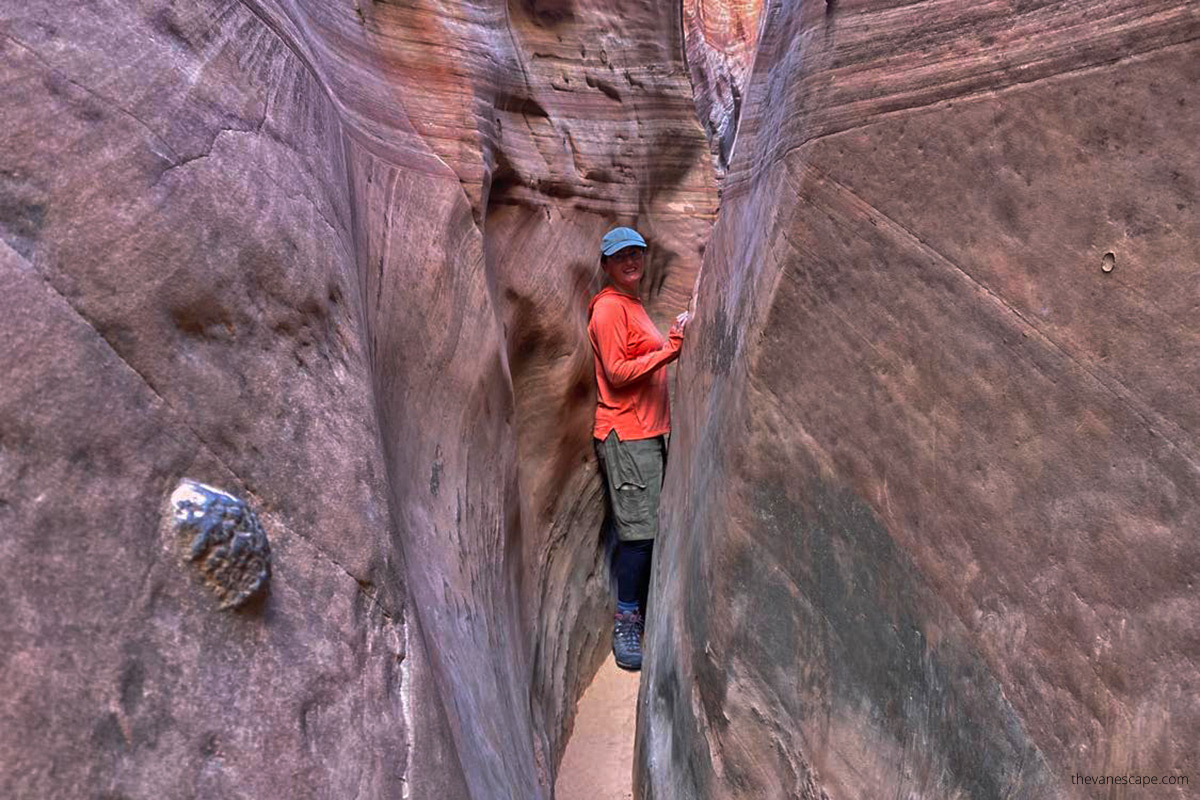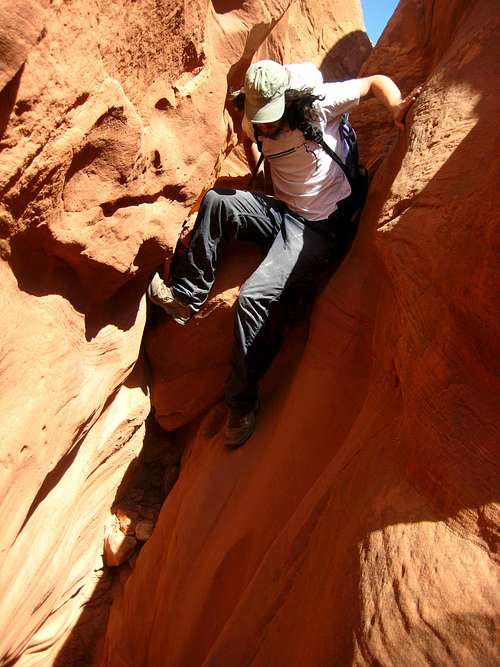Planning Your Climb: Key Considerations for January-March Slots with Alpha Grand Tours
Planning your climb with Alpha Grand Tours during January to March requires a good understanding of weather patterns. This period usually has dry conditions, making it a favorable time for climbing. According to this post, the temperatures are generally more stable which reduces the risk of sudden weather changes. Planning your climb during this time can enhance your overall experience. Keep an eye on weather forecasts to ensure safe climbing conditions.
Route availability is another important aspect to consider when planning your climb. Many popular routes may be crowded during this peak season. Make early reservations to secure your preferred climbing route. You can find route details and difficulty levels by visiting the official Alpha Grand Tours website.
Booking early comes with several benefits. One major advantage is that you can often get discounts on group bookings. Early booking also ensures that you have ample time to prepare for your climb. According to here is the article, this can also give you peace of mind, knowing you have everything planned well in advance.
Prioritize gearing up for your climb during the dry season. Essential gear includes sturdy climbing shoes, proper attire, and hydration packs. Here’s a list of things you might need:
- Climbing shoes
- Light layers of clothing
- Hydration packs
- Energy snacks
- First-aid kit
Preparation is key to a safe and enjoyable climbing experience.
Understanding Weather Patterns and Peak Conditions
Weather patterns play a crucial role in your climbing experience. During January to March, conditions are typically dry and stable. This period is ideal for climbers who prefer a predictable environment. Sudden rain showers or storms are less common. Dry weather means trails and rocks are more manageable.
Peak climbing conditions in these months also mean fewer obstacles on your path. Snow and ice levels are generally lower, reducing the risk of slips and falls. According to this post, it’s important to monitor weather changes regularly. Climbers should always be prepared for unexpected shifts in the climate. Safe climbing depends heavily on weather awareness.
Checking weather forecasts before your climb is essential. Knowing the temperature ranges and wind speeds ahead of time aids in better preparation. Reliable weather sources can offer detailed predictions. Make use of apps and websites for the latest updates. Here’s a list:
- Weather Forecast Websites
- Climbing Condition Apps
- Local Weather Stations
- Weather Alert Systems
These tools help plan your climb effectively.
Understanding peak conditions involves more than just the weather. It also includes trail traffic and route popularity. January to March attracts many climbers due to favorable conditions. Peak times can lead to crowded trails. Plan accordingly and choose less busy times for a more enjoyable climb.
Assessing Route Availability and Difficulty Levels
Before setting out on your climb, it’s vital to assess route availability. Alpha Grand Tours offers a variety of routes, each with unique characteristics. Checking the availability of these routes can help in choosing the best trail. This ensures a smoother climbing experience. Reserve your preferred route early to avoid disappointment.
Understanding the difficulty levels of different routes is equally important. Routes can range from easy to extremely challenging. Beginners should opt for less demanding trails. Experienced climbers might prefer more strenuous paths. According to this post, each route’s difficulty level is typically marked, aiding your decision.
Difficulty levels are influenced by several factors, such as terrain type and elevation gain. Some routes may have steep sections requiring advanced climbing skills. Others might have technical aspects like narrow pathways. Here’s a list of considerations:
- Terrain Type
- Elevation Gain
- Technical Sections
- Trail Length
- Weather Conditions
These factors help determine how challenging a route will be.
Route popularity can impact your climbing experience. Popular routes might be crowded, making the climb less enjoyable. Opt for alternative routes during peak times. Less popular routes can offer solitude and a greater connection with nature. By choosing wisely, you enhance your overall climbing adventure.
Booking Process and Early Reservations Benefits
Booking your climb with Alpha Grand Tours is straightforward. Start by selecting your preferred route and dates. The online booking system allows you to check availability and secure spots instantly. This convenience saves time. Early reservations ensure you get your desired climbing slot.
There are several benefits to booking early. One major advantage is access to better routes and dates. Prime climbing slots fill up fast, especially during peak seasons. Early booking helps avoid the disappointment of fully booked routes. It also allows for better preparation and planning.
Early reservations often come with special offers and discounts. Alpha Grand Tours frequently provides deals for early birds. This can include reduced rates for group bookings or special packages. These incentives are great for budget-conscious climbers. Planning ahead can lead to substantial savings.
Booking early also means you have ample time to prepare physically and mentally. You can plan your training schedule more effectively. Having a set date provides motivation to stay fit. Moreover, it gives you time to gather necessary gear and supplies. Proper preparation is essential for a successful climb.
Using the online system to book is simple and user-friendly. You can review all the available routes and select your preferred one. The system provides all the necessary information, including difficulty levels and durations. Here’s a brief overview:
- Select Route
- Check Availability
- Review Details
- Secure Spot
- Receive Confirmation
This process makes planning your climb much easier.
Lastly, early booking guarantees better customer support. Alpha Grand Tours offers personalized help for early bookings. They assist with route planning, gear recommendations, and training tips. This added support enhances your climbing experience. It’s beneficial to book as soon as possible.
Essential Gear and Preparations for Dry Season Climbing
Climbing during the dry season requires specific gear for a safe and successful experience. First and foremost, sturdy climbing shoes are crucial. Dry terrain can be challenging, so shoes with good grip are necessary. Comfortable and durable footwear minimizes the risk of injuries. Ensure your shoes are well-tested before the climb.
Appropriate clothing is another key aspect in preparation. Layering is essential to adjust to varying temperatures. Lightweight, moisture-wicking fabrics keep you comfortable. Here’s a list of clothing items you might need:
- Base layers
- Mid layers
- Insulating jackets
- Weatherproof outerwear
- Hats and gloves
These clothing items help in maintaining body temperature.
Hydration packs are vital for dry season climbing. Staying hydrated prevents fatigue and heat-related issues. Pack enough water for the duration of your climb. Using a hydration system, such as a CamelBak, can make drinking easy while on the move. Keeping water accessible is a top priority.
Nourishing snacks provide the energy you’ll need. High-energy foods like nuts, granola bars, and dried fruits are ideal. These snacks are lightweight and easy to carry. They offer quick and sustained energy during rigorous climbs. Always have a good supply of snacks in your pack.
Don’t forget a reliable first-aid kit. Accidents can happen, and being prepared is crucial. Your kit should include bandages, antiseptic wipes, and pain relievers. Knowing basic first aid can also be beneficial. Here’s a brief overview of first-aid items:
- Bandages
- Antiseptic wipes
- Pain relievers
- Gauze pads
- Medical tape
A well-stocked first-aid kit is essential for safety.
Lastly, mental preparation is as important as physical readiness. Having a positive mindset can boost your performance. Practice visualization techniques and stress-reduction methods. These mental tools prepare you for the challenges ahead. Confidence and calmness can greatly improve your climb.

Frequently Asked Questions
Climbing during the dry season offers many benefits and requires specific preparation. Here are some common questions and answers about climbing from January to March.
1. What are the benefits of climbing in the dry season?
Climbing in the dry season provides stable weather conditions and reduced risks. Dry terrain is easier to navigate, with fewer chances of rainstorms or slippery surfaces. This period also ensures cleaner routes with less mud and debris.
Climbers can enjoy predictable weather patterns and better overall safety. Additionally, clear skies offer more scenic views, making the climb more enjoyable. These advantages make the dry season ideal for both new and experienced climbers.
2. How can I prepare physically for a climb during January to March?
Start with regular exercises focusing on strength and endurance. Activities such as hiking, jogging, or weight training can be highly beneficial. Building muscle strength and cardiovascular fitness will help you tackle challenging trails.
Stretching exercises improve flexibility, reducing the likelihood of injuries. It’s also important to practice climbing techniques and familiarize yourself with the gear. A well-rounded training regimen ensures you’re ready for the physical demands of the climb.
3. What gear is essential for dry season climbing?
Ensure you have sturdy climbing shoes with a good grip for dry terrain. Clothing should be lightweight and layered for temperature control. Hydration packs and nourishing snacks are necessary to maintain energy levels during long climbs.
Don’t forget a reliable first-aid kit, including bandages, antiseptic wipes, and pain relievers. Mental preparation tools, like visualization techniques, can greatly enhance your climbing experience. Proper gear and preparation are key to a successful climb.
4. What safety measures should I take while climbing in the dry season?
Always check the latest weather forecasts before starting your climb. Wear appropriate gear and pack emergency supplies. Inform someone about your climbing plans and expected return time for safety.
Be aware of your physical limits and avoid overexertion. Plan your route carefully and stick to known trails. Staying hydrated and well-nourished is vital for maintaining energy and focus. These measures ensure a safe and enjoyable climb.
5. Are there specific routes recommended for dry season climbing?
Many climbers prefer routes that are less crowded, yet offer scenic views. Trails with moderate difficulty levels are popular during this season. Sites with lower elevation gain provide safer climbs in dry conditions.
Consult with local climbing guides or tour operators for route recommendations. They can offer detailed information on trail conditions and difficulty levels. Choosing the right route enhances your climbing experience.



